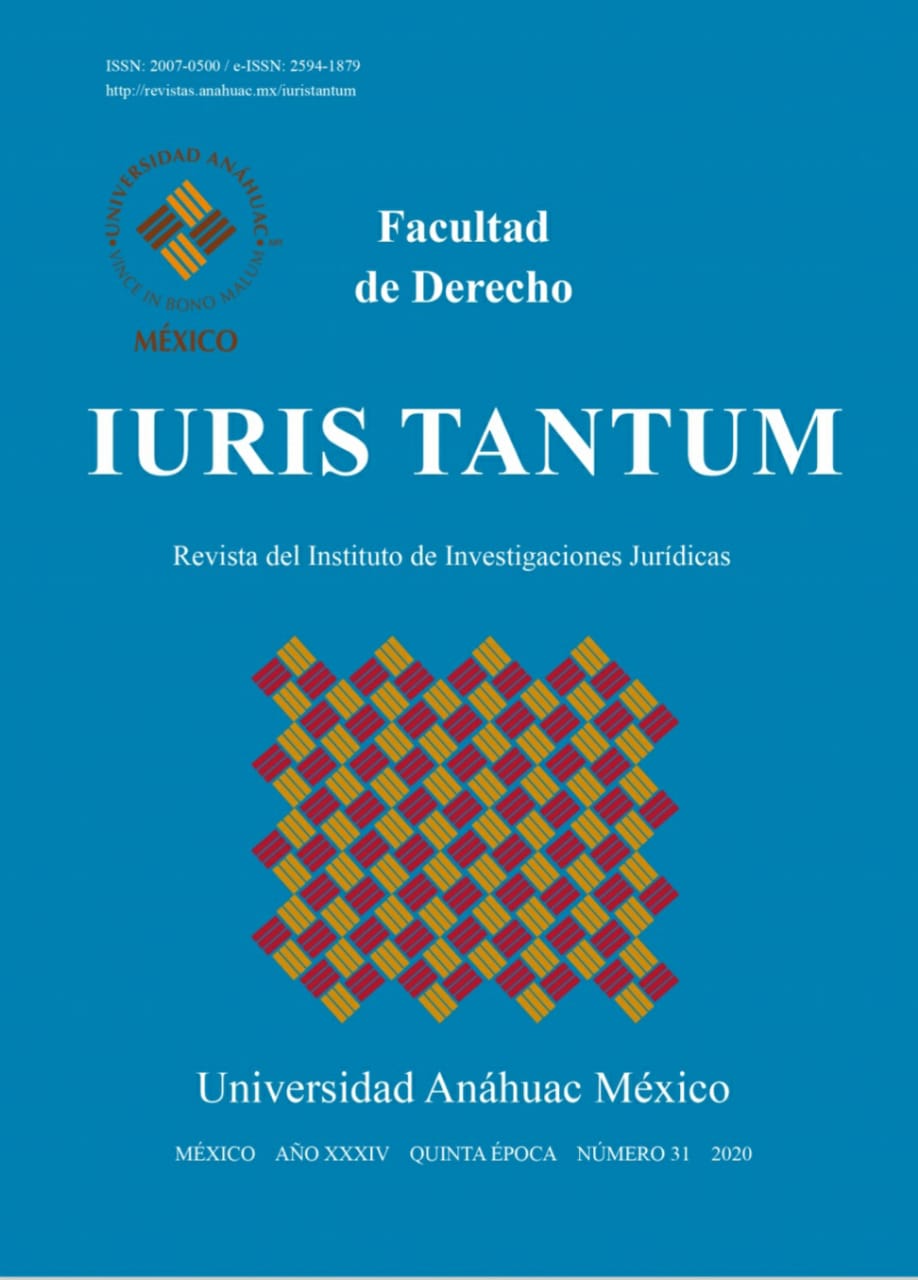STUDY AND ANALYSIS OF AN ENVIRONMENTAL MANAGEMENT SYSTEMS WITHIN THE HOTEL SECTOR OF QUINTANA ROO
Main Article Content
Abstract
Environmental Management System (EMS), as a management model goes beyond symbolic declarations, becoming in recent years an intrinsic parto f the business culture which affects the company as such, its stakeholders, the environment and the community directly. The main challenge of this EMS model lies in finding the balance between the benefits obtained by the company (as a generator of profit), and the effect (positive or negative) occurred in its economical and environmental dimension. This management system, with a EMS perspective, has a short term cost which is absorbed by the company, however, such a cost becomes an investment that generates tangible and intangible benefits in the medium and long term.
Such benefits can place the company in a clear competitive advantage position with respect of f its more direct competitors, especially in such an aggressive and competitive market as those found in the tourism environment, where existing supply excedes the actual demand, at least in the market segmento f five-star allinclusive resorts located in protected coastal areas. It occurs in these high competitive market aggressiveness, where the EMS can make the difference when its clients, workers and stakeholders must select who to work with, making the company the leader in this industrial sector so susceptible to such dimensions.
Downloads
PLUMX Metrics
Article Details
Iuris Tantum is distributed under international Creative Commons Attribution-NonCommercial-ShareAlike 4.0 International License.
The author keeps the property rights with no restriction whatsoever and guarantees the magazine the right to be the first publication of the work. The author is free to deposit the published version in any other medium, such as an institutional archive or on his own website.
References
Sustentable y Gestión Ambiental del Territorio. Departamento de Geografía,
Uruguay, Facultad de Ciencias.
Biodiversidad mexicana, 2020. Manglares: ¿Qué son los manglares?, México,
CONABIO. Recuperado de https://www.biodiversidad.gob.mx/ecosistemas/
manglares
CHAPMAN, Alan, 2004. Análisis DOFA y análisis PEST. Recuperado de https://
degerencia.com/articulo/analisis_dofa_y_analisis_pest/
Comisión Nacional de Áreas Naturales Protegidas, 2017, Manglares de Nichupté,
joya de biodiversidad. México, CONANP. Recuperado de https://www.gob.
mx/conanp/articulos/manglares-de-nichupte-joya-de-biodiversidad?idiom=es
CÓRDOBA, José Rodrigo y CAMPBELL, Thomas 2007. Iniciativas de implementación
de la RSC – Contribución del pensamiento sistémico. Revista científica
Pensamiento y Gestión. Nº 23. pp. 112-130.
CRUZ, Laura, 2019. Destapa corrupción pleito de los Chapur. Luces del Siglo.
Cancún, México. Recuperado de https://lucesdelsiglo.com/2019/12/30/anuario2019-
destapa-corrupcion-pleito-de-los-chapur/
ELAW Environmental Law Alliance Worlwide, 2007. Los Manglares del Mundo
(48). Recuperado de https://mangroves.elaw.org/es/node/70
GÓMEZ NIETO, Begoña y MARTÍNEZ DOMÍNGUEZ, Rocío, 2016. Los valores
éticos en la responsabilidad social corporativa. Anagramas Rumbos y Sentidos
de la Comunicación, 14(28).
HAYMAN, John, 1991. Investigación y educación (3ªed.). Barcelona, (España).
Editorial: Ediciones Paidós.
HILL, Charles y JONES, Gareth, 2000. Administración estratégica un enfoque
integrado. (8ª ed). México: Editorial McGraw-Hill.
HERNÁNDEZ SAMPIERI, Roberto, FERNÁNDEZ COLLADO, Carlos y BAPTISTA
LUCIO, María Pilar, 2004. Metodología de la investigación. México:
Editorial McGraw-Hill.
INEGI, 2018. Sistema de Cuentas Nacionales de México. Cuentas Económicas y
Ecológicas de México 2012. Preliminar. Año base 2008. México INEGI. Recuperado
de https://www.inegi.org.mx/app/biblioteca/ficha.html?upc=702825004151
KAPLAN, Robert y Norton, David, 1996. El cuadro de mando integral (The
Balance Scorecard). Editorial: Gestión 2000. Madrid, (España).
KOTLER, Philip; BRADY, Mairead; GOODMAN, Malcom y HANSEN, Torben,
2009. Marketing Management. Harlow, UK. Editorial: Pearson Education Ltd.
MELLA VALENZUELA, Orlando, 2010. Grupos focales. Técnicas de investigación
cuantitativa. Aspectos introductorios (p. 28). Santiago, Chile: CIDE.
PRIETO PIÑA, Damirya Danesa, 2015. Análisis de los factores del entorno bajo
el enfoque de PESTEL y DAFO para el proyecto empresarial “FEQUIMA”:
Portal web de maquinarias, equipos y herramientas en Brasil. Sapienza Organizacional,
2(3),129-152.
PUBLÍMETRO, 2020. En Quintana Roo, cadenas hoteleras de EU y Europa mandan.
Recuperado de https://www.publimetro.com.mx/mx/noticias/2015/10/19/
en-quintana-roo-cadenas-hoteleras-de-eu-y-europa-mandan.html
SANZ LEÓN, Alberto, 2015. RSC: La importancia de la gestión de los grupos de
interés en las organizaciones. Recuperado de https://prevenblog.com/rsc-laimportancia-
de-la-gestion-de-los-grupos-de-interes-en-las-organizaciones/
SECRETARÍA DE GOBERNACIÓN, 2015. ¿Sabías que los Programas Nacionales
de Empresas y Derechos Humanos se relacionan con el desarrollo sostenible?
Blog de la Secretaría de Gobernación del Gobierno de México. Recuperado
de https://www.gob.mx/segob/articulos/sabias-que-los-programas
-nacionales-de-empresas-y-derechos-humanos-se-relacionan-con-el-desarrollosostenible?
idiom=es
TAMAYO y TAMAYO, Mario, 2003. El proceso de la investigación Científica
(4ª ed.). México. DF, (México). Editorial: MUSA S.A. de C.V.
VOLPENTESTA, Jorge Roberto, CHAÍN, Tomás., ALACAÍN, Marcelo Fabián,
NIEVAS, Gustavo, SPINELLI, Héctor Eduardo, CORDERO, María Inés,
CORTEJANA, Alicia y GRECO, Penélope, 2014. Identificación del impacto
de la gestión de los stakeholders en las estructuras de las empresas que desarrollan
estrategias de responsabilidad social empresarial. Universidad & Empresa,
63-92. Recuperado de https://www.redalyc.org/articulo.oa?id=187232
713003
WACKERNAGEL, Mathis y REES, William, 2001. Nuestra huella Ecológica:
Reduciendo el impacto humano sobre la tierra. Santiago de Chile, (Chile).
Editorial: LOM Ediciones.

